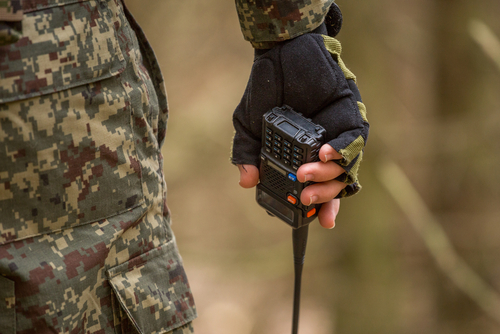
An upcoming plan by the Biden administration could see the U.S. Department of Defense (DoD) give up communication airwaves typically reserved for military operations, but recently, three senators from the Armed Services Committee pushed back on those plans.
The senators, who included U.S. Sens. Deb Fischer (R-NE), Mazie Hirono (D-HI), and Angus King (I-ME), wrote to President Joe Biden with their concerns, questioning the need for additional studies recommended by the National Spectrum Strategy, urging the public release of the DoD’s spectrum sharing report and insisting the administration incorporate those findings – whatever they might show – into its own National Spectrum Strategy.
The strategy called for further study of the 3.1-3.45 GHz band, despite recent release of a 22-month study by the Department of Defense in coordination with the Department of Commerce’s National Telecommunications and Information Administration and other public and private organizations.
“We remain concerned that pursuing a policy of requiring the Department of Defense (“DOD”) to surrender its spectrum for non-Federal use would significantly harm DOD’s ability to carry out its missions, increase costs, and adversely affect our national security,” the senators wrote.
To do so, they opined, could put the White House at odds with congressional intent and implement a plan that doesn’t adhere to practical realities or technical assessments. It could also increase costs, while impacting national security at large.
“The integrity and effectiveness of the National Spectrum Strategy are contingent upon its careful consideration of – and adherence to – the EMBRSS report,” the senators wrote. “We are concerned that the administration is moving forward with the National Spectrum Strategy without fully considering the recommendations of the EMBRSS report and the findings of its study on the lower 3 GHz Band. Congress provided $50,000,000 for the thorough completion of this study over the course of two years.”
Swift public release of the DoD’s EMBRSS report would, instead, better inform discussions that continue to surround the frequencies and conditions under which DoD’s dedicated spectrum could be potentially shared with non-federal users.




